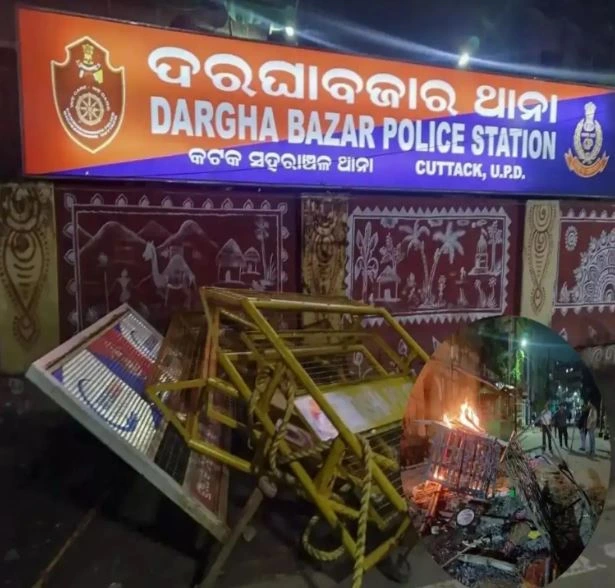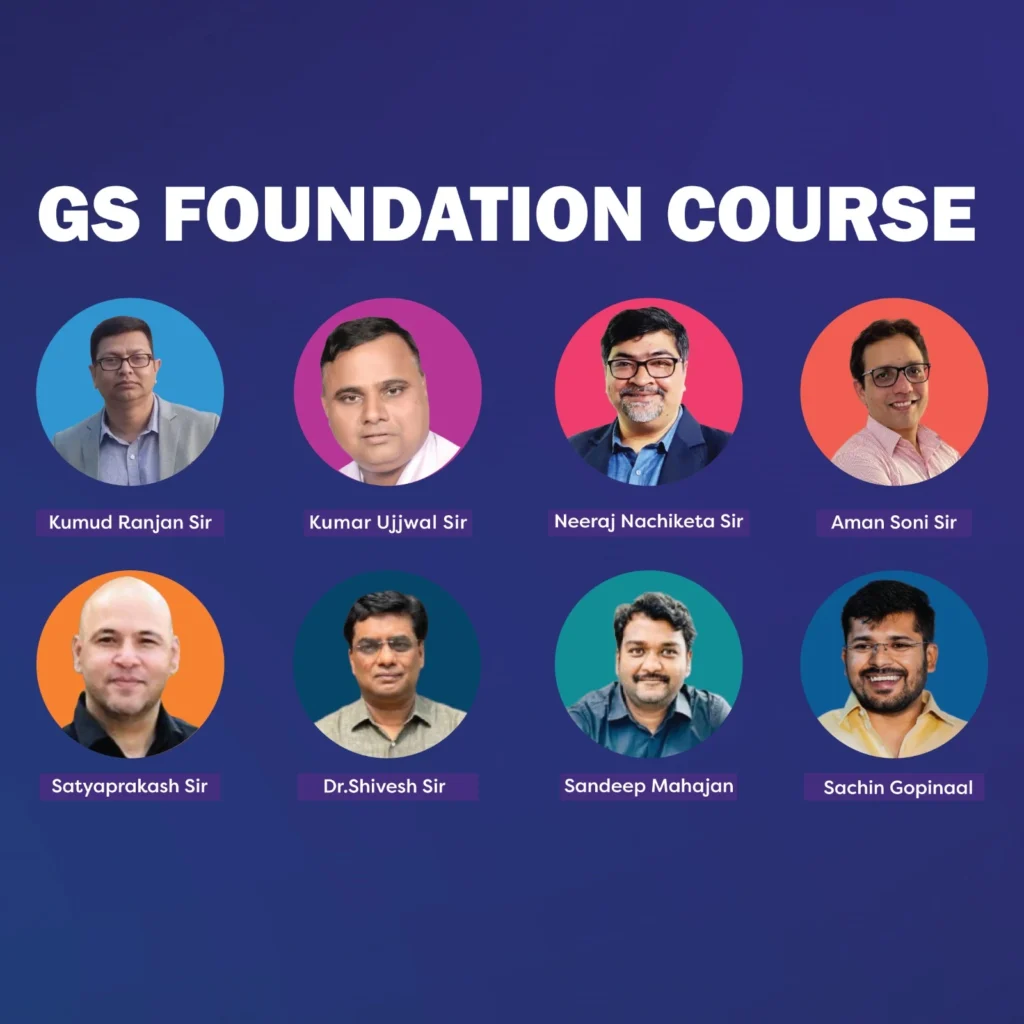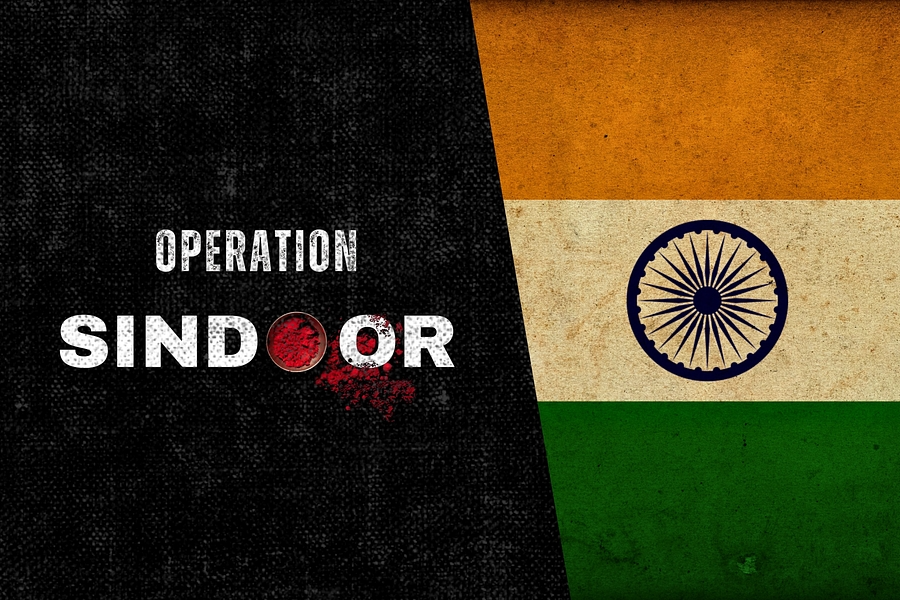Religious Minorities in India and the Challenge of Communal Harmony: A Sociological Reflection on the Cuttack Violence
Sociology Paper 2: Religion and Society – Problems of religious minorities

Odisha’s Cuttack, often described as a thousand-year-old cradle of syncretic culture, recently witnessed communal tensions following clashes during Durga Puja idol immersion. The violence, reportedly triggered by disagreements over loud music near a mosque in the Dargah Bazaar area, spiralled into unrest, leading to internet shutdowns, a 36-hour curfew, and appeals for peace from across the political spectrum.
Beyond the immediate triggers, such incidents point toward deeper sociological undercurrents — the fragile coexistence of religious communities, structural marginalization of minorities, and the struggle to uphold secular ideals in a plural society. Cuttack, known for its interfaith harmony where Hindu and Muslim artisans have jointly built the iconic silver filigree idols for centuries, thus becomes a lens to understand the broader challenges of religious minorities in India.
The Sociological Context of Minorities in India
In sociological terms, minorities are groups that possess characteristics—ethnic, religious, linguistic, or cultural—that distinguish them from the majority population and lead to differential treatment or disadvantage. India’s Constitution, through Articles 29 and 30, recognizes the right of minorities to conserve their culture and establish educational institutions. However, in practice, social exclusion, political marginalization, and cultural stereotypes continue to shape minority experiences.
Religious minorities in India primarily include Muslims (14.2%), Christians (2.3%), Sikhs (1.7%), Buddhists (0.7%), Jains (0.4%), and others. Each faces unique issues, but Muslims, being the largest minority, often encounter the greatest socio-economic and political vulnerability.
From a sociological standpoint, these tensions are not merely communal but structural — rooted in historical inequalities, identity politics, and processes of social boundary maintenance that reinforce “us versus them” narratives.
Understanding the Problem Through Sociological Theories
1. Durkheim and the Disintegration of Collective Conscience
Émile Durkheim emphasized that social cohesion rests on shared moral values — the collective conscience. When modern societies experience an erosion of common beliefs, anomie or normlessness arises, leading to conflict.
In Cuttack, where shared rituals once bound communities, the intrusion of competitive religious display, political polarization, and media sensationalism weakens this moral unity. The curfew, in Durkheimian terms, symbolizes a breakdown in collective conscience, requiring a reassertion of solidarity.
2. Weber and the Politics of Identity
Max Weber viewed religion as a key determinant of social action and group identity. His idea of status groups explains how religious identity often becomes a marker of social honour or stigma.
In the Indian context, religious identity is politicized — mobilized for electoral advantage or symbolic assertion. The Cuttack clashes, allegedly over “loud music during a religious procession,” can thus be seen as an assertion of symbolic dominance, reflecting Weber’s insight that religion often operates as a site of power and prestige competition.
3. Karl Marx: Religion and Alienation
Marx saw religion as both a product and tool of material inequality. For him, religious divisions obscure class interests and perpetuate alienation. In India, communal conflict often diverts attention from socio-economic deprivation affecting all poor sections, including minorities. The Cuttack incident reflects how material frustrations can be expressed through religious hostility, sustaining structural inequalities.
4. Antonio Gramsci: Hegemony and Cultural Politics
Gramsci’s idea of cultural hegemony is crucial to understanding how dominant groups create consent through ideology. Majoritarian nationalism, when conflated with religious identity, can marginalize minority narratives, portraying them as “outsiders.” The Cuttack violence, emerging in a context of rising competitive communal mobilization, underscores how cultural symbols become instruments of hegemony.
5. M.N. Srinivas: Sanskritization and Social Mobility
Srinivas’s concept of Sanskritization — where lower castes adopt upper-caste practices to gain status — can be reinterpreted here as “religious emulation.” Communities sometimes exaggerate religious visibility to assert belonging. The amplification of processions and symbols may represent this drive for public recognition in a hierarchically organized society.
6. Ashis Nandy: The Intimate Enemy
Nandy argued that communalism in India is a modern, political distortion of religion, not a continuation of ancient animosities. Historically, Cuttack’s shared religious spaces embodied everyday secularism — a lived coexistence rather than an ideological construct. The violence thus represents a rupture in this organic pluralism due to politicization of identities.
Problems Faced by Religious Minorities in India
Religious minorities in India face multiple layers of disadvantage, which manifest across socio-economic, political, cultural, and institutional domains. Socio-economically, they experience low literacy and employment levels; for instance, the Sachar Committee (2006) found that Muslims lag behind even SC/ST communities in education, employment, and access to credit.
Spatial segregation further compounds this marginalization, with ghettos emerging in cities like Delhi, Ahmedabad, and now parts of Cuttack, reflecting deepening social and economic exclusion. Many minority communities also remain dependent on low-paying informal sectors due to discrimination and limited access to formal employment opportunities.
Politically, minorities are underrepresented despite constituting a significant portion of the population. Muslims, for example, make up around 14% of India’s population but hold fewer than 5% of seats in Parliament. Tokenism and symbolic politics often replace genuine representation, reinforcing alienation from state institutions.
Educationally and culturally, minority institutions continue to face bureaucratic hurdles despite constitutional protection under Article 30. Curriculum biases and underrepresentation in textbooks reinforce stereotypes, while practices like renaming cities or public symbols contribute to cultural erasure and identity insecurity.
Security concerns also persist, with recurrent communal incidents — such as those in Delhi in 2020 and Cuttack in 2025 — creating a pervasive sense of fear. Gordon Allport’s social psychology of prejudice explains how stereotypes solidify through rumor, propaganda, and social distance, and post-violence, minorities often face the dual burden of being both victims and suspects.
Gendered marginalization compounds these challenges, as minority women experience a double disadvantage: as women and as members of marginalized religious groups. Cases such as Shah Bano (1985) and the debates over Triple Talaq illustrate how women’s rights often become contested terrains between religious autonomy and gender justice.
Finally, institutional bias and discrimination remain significant obstacles. Studies indicate differential treatment of minorities in housing, policing, and employment. Sociologically, this can be conceptualized as institutional communalism, analogous to institutional racism, where biases become embedded in bureaucratic practices, perpetuating systemic exclusion and marginalization.
State Measures and Institutional Safeguards
1. Constitutional Safeguards
- Article 14–16: Guarantee equality before law and non-discrimination.
- Articles 25–30: Protect religious freedom and cultural rights of minorities.
- Directive Principles: Promote justice and equality through state policy.
2. Institutional Mechanisms
- National Commission for Minorities (1992) monitors safeguards and addresses grievances.
- Ministry of Minority Affairs (2006) implements targeted welfare programs.
- Sachar Committee (2006) and Ranganath Misra Commission (2007) provided landmark studies recommending affirmative measures.
3. Schemes and Initiatives
- Nai Manzil: Skill development and education for minority youth.
- Padho Pardesh: Educational loan subsidy for minority students.
- PM’s New 15-Point Programme: Targets equitable representation in employment, education, and housing.
- Prevention of Communal and Targeted Violence Bill (though lapsed) reflected recognition of the need for specific legal frameworks.
Cuttack: A Case Study in Everyday Secularism and its Erosion
Historically, Cuttack epitomized what sociologist Rajeev Bhargava terms “principled distance” — a form of Indian secularism balancing respect for all faiths with state neutrality. Festivals like Durga Puja and Bali Yatra involved artisans and participants across religious lines.
However, globalization, media polarization, and local political rivalries have altered this equilibrium. The Dargah Bazaar incident reveals how cultural spaces once shared have turned into contested arenas.
The imposition of curfew and internet bans, while administratively necessary, also expose the fragility of social trust — a key element in what sociologist Anthony Giddens calls “ontological security” of communities. When trust in institutions erodes, rumors and fear fill the vacuum, deepening communal divides.
Thinkers’ Perspectives on Minority Protection
Thinker | Key Idea | Relevance to Minorities |
Émile Durkheim | Religion as source of solidarity | Violence signifies moral disintegration and need for social reintegration |
Max Weber | Religion shapes status and power | Communal conflict as struggle for social honor |
Karl Marx | Religion masks class conflict | Religious polarization diverts from material inequalities |
Gordon Allport | Prejudice theory | Stereotypes and rumors reinforce communal distance |
Ashis Nandy | Religion as moral imagination | Communalism is a political, not religious, phenomenon |
Rajeev Bhargava | Indian secularism as principled distance | Need for balance, not separation, between religion and state |
Sociological Interpretation of Communal Tensions
The Cuttack episode can be understood through multiple sociological perspectives, each highlighting different dimensions of communal conflict.
From a structural functionalist viewpoint, as suggested by Parsons, communal violence represents a disruption of social equilibrium, where established norms and cooperation between groups break down. Measures such as curfews and peace committees function as corrective institutions, aiming to restore order and re-establish social stability.
Through the lens of conflict theory, as articulated by Marx and Dahrendorf, such tensions reflect underlying competition for power, resources, and status within a stratified society, where dominant and subordinate groups vie for influence and recognition.
Symbolic interactionism, drawing on the works of Mead and Goffman, emphasizes how everyday interactions — gestures, symbols, and public rituals — shape perceptions of threat, belonging, and identity, often amplifying or mitigating communal tensions.
Finally, ethnomethodology, as developed by Garfinkel, highlights how routine social practices and disruptions, such as processions or the use of loudspeakers, reveal the delicate, negotiated order of plural societies, underscoring how fragile social coordination can be in contexts of diversity and competing claims.
Way Forward
To address communal tensions and strengthen minority inclusion, several measures can be implemented.
Community dialogue mechanisms involve establishing local peace committees and interfaith platforms, particularly for pre-festival coordination, to prevent symbolic competition and misunderstandings.
Education for tolerance should integrate value-based education and inter-religious understanding into school curricula, fostering cultural literacy from an early age.
Inclusive urban planning can help avoid ghettoization by promoting mixed housing and ensuring equitable access to civic resources for all communities.
Reforms in policing and media ethics are critical: police forces must be sensitized to issues of communal harmony, while accountability should be enforced against rumor-mongering and hate speech in traditional and digital media.
Empowerment through representation requires ensuring proportional participation of minorities in local governance and bureaucratic structures, giving them a voice in decision-making processes. Strengthening secular institutions involves reaffirming the constitutional ethos of secularism as equal respect for all religions, rather than indifference to religion.
Civil society and youth mobilization play a complementary role, encouraging voluntary interfaith initiatives, student dialogues, and cultural collaborations to foster mutual understanding.
Economic inclusion is equally important, with targeted credit, entrepreneurship, and educational schemes for minority youth addressing structural inequalities and long-term marginalization.
Digital peacebuilding strategies can counter online misinformation through verified local updates and digital literacy programs.
Finally, sociological research and policy linkage should guide policymaking, ensuring that interventions are data-driven and informed by insights into the dynamics of urban communal life.
Conclusion
The Cuttack violence is more than a law-and-order issue; it is a sociological reminder of the delicate balance that sustains India’s pluralism. The city that once symbolized everyday secularism now faces the test of rebuilding trust through empathy, dialogue, and inclusive development.
Religious minorities are not merely communities in need of protection — they are co-authors of India’s cultural and moral fabric. As Ashis Nandy reminds us, religion at its core is a language of compassion and coexistence, distorted only when politicized.
Moving forward, the task is not only to prevent violence but to revive the grammar of shared belonging — where temples and dargahs, processions and prayers, coexist as expressions of a single civilizational ethos. The future of India’s secularism depends on turning incidents like Cuttack from symbols of division into catalysts for renewed unity.


Non-Positivist Methodologies in Social Research
Home / Non-Positivist Methodologies in Social Research Shift from Positivism to Non-Positivism As sociologists recognized that social realities cannot be
UPSC Current Affairs – December 3
December 03rd Current Affairs Home / Table of Contents Govt ready to talk about electoral reforms in Parliament, but not
Fact, Value and Objectivity
Home / Fact, Value and Objectivity What is a Fact? A fact is an empirically verifiable observation—something that can be
UPSC Current Affairs – December 2
December 02nd Current Affairs Home / Table of Contents Bioterrorism a serious threat, world not ready: S. Jaishankar Relevance to
Positivism and its Critique
Home / Positivism and its Critique What is Positivism? Positivism is the idea that human behaviour can be studied using
UPSC Current Affairs – December 1st
December 01st Current Affairs Home / Table of Contents Sri Lanka declares state of emergency after floods and mudslides Relevance
Major Theoretical Strands of Research Methodology
Home / Major Theoretical Strands of Research Methodology Research methodology is a broad term that encompasses the entire research process
UPSC Current Affairs – November 25
November 25th Current Affairs Home / Table of Contents Woman from Arunachal Pradesh stopped at China airport; India issues strong
UPSC Current Affairs – November 24
November 24th Current Affairs Home / Table of Contents Justice Surya Kant sworn in as 53rd Chief Justice of India
UPSC Current Affairs – November 21
November 21st Current Affairs Home / Table of Contents What is Cloudflare, and why did half the internet go down




